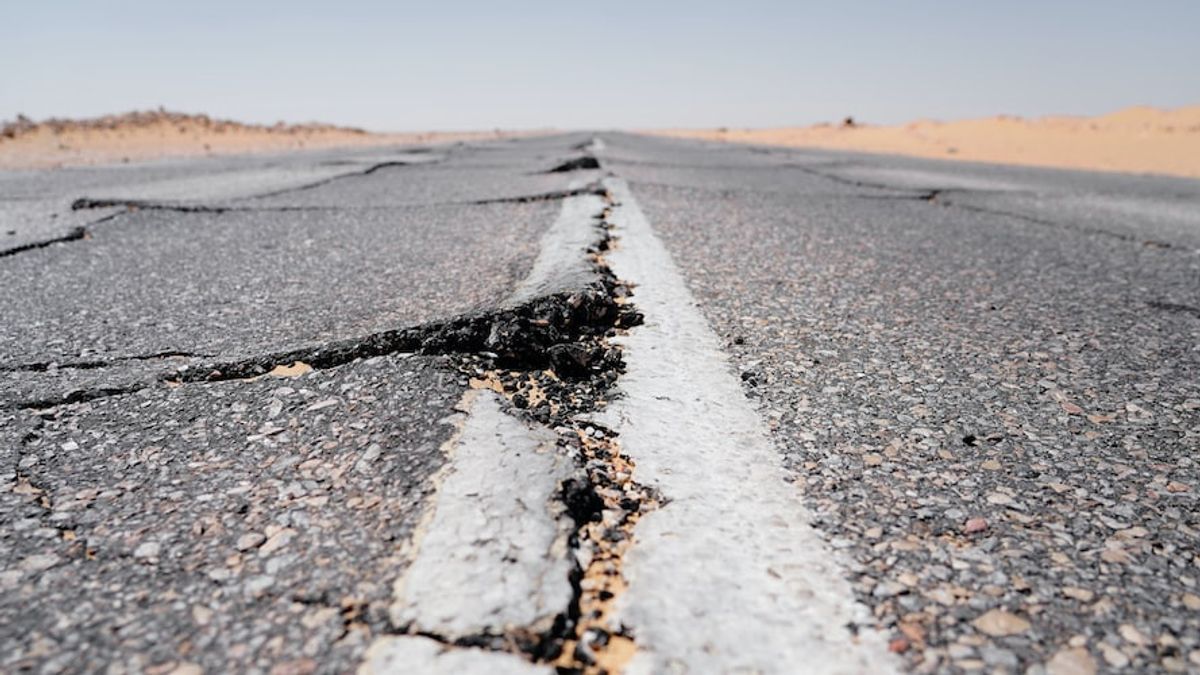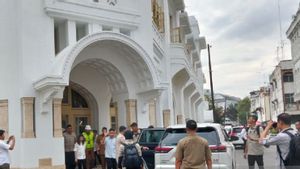YOGYAKARTA The public needs to know the meaning of the tremor earthquake. This earthquake is slightly different from earthquakes in general because it is related to active volcanic activity of the volcano. This term is not only used in Indonesia, but in various worlds. Then, what is a tremor earthquake?
If you live in a seismically active zone, you will often hear the word tremor earthquake. The term tremor itself is defined as a light movement that occurs repeatedly.
In general, tremor earthquakes are vibrations with relatively small strength but occur frequently or repeatedly. The existence of tremors can be interpreted as a sign of volcanic activity in a volcano. When this earthquake occurs, there will usually be a volcanic eruption after the earthquake occurs.
The tremor earthquake was caused by magma or rock motion that melted from inside the earth's stomach. Namely when magma moves from within the earth flowing to the surface, causing a change in pressure. At certain points, this rock can burst into a movement. This process of breaking or movement produces earthquakes.
Small cracks will cause shocks, and occur repeatedly and gradually. This earthquake was indeed very weak, even difficult to feel the earthquake. However, these activities will still be detected and recorded by seismographs or other earthquake monitoring instruments.
Another cause of the tremor earthquake was the sudden movement of magma which was later blocked by a hard rock. The greater the movement of magma covered by hard rock, the more vibrations are felt. In its supervision, the magnitude of the earthquake was measured in units of the Richter scale, while the intensity of the earthquake was measured on a Mercalli scale.
Some sources say that tremor earthquakes can occur outside of natural factors such as rock mining, detonation, oil exploration, or could also occur due to nuclear explosions carried out by humans.
The tremor earthquake is divided into two types, namely harmonic tremors and non-harmonic tremors. Harmonic trend is the movement of magma that enters the volcanic path accompanied by resonances due to shallow hydrothermal heating. Usually the duration is also longer.
Meanwhile, non-harmonic tremors are also known as spasmodic bursts or spasmodic tremors in a simple way, namely when one earthquake appeared in the midst of the previous earthquake which was still ongoing. This tremor mechanism is different and usually the resonance is higher. However, the duration is shorter and the amplitude is also smaller.
In Indonesia, tremor earthquakes often occur due to seismic activity. One example is the vibration that occurred in Karangasem Regency, Bali, in September 2017. At that time the Center for Volcanology and Geological Disaster Mitigation (PVMBG) continued to monitor Mount Agung, Bali.
The tremor earthquake was indeed used as a parameter to be aware of the eruption in the volcano. If the movement continues to increase, the local authority will immediately issue a warning to the public and coordinate with related parties to help evacuate the community from the danger zone.
However, it should be noted that volcanic activity is not always marked by tremors. In addition, volcanic eruptions cannot be predicted properly even though previously there have been signs in the form of tremors.
That's what a tremor earthquake means. To get other interesting information, visit VOI.ID.
The English, Chinese, Japanese, Arabic, and French versions are automatically generated by the AI. So there may still be inaccuracies in translating, please always see Indonesian as our main language. (system supported by DigitalSiber.id)








